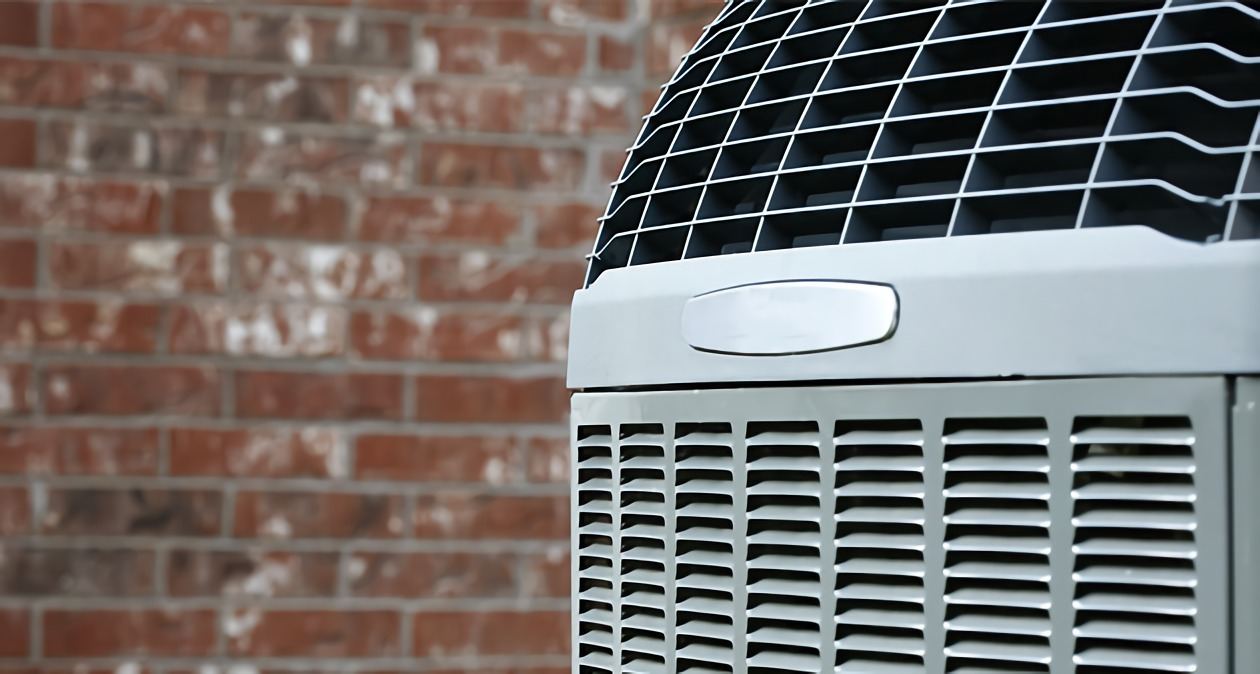RSI is a Great Training Option for Everyone
Learn more about how we can prepare you to advance your career.
Greenhouse gases are defined as the gases that are responsible for causing the greenhouse effect on the earth’s atmosphere. Traditionally used refrigerants contain chlorofluorocarbons (CFCs) or hydrochlorofluorocarbons (HCFCs), which have been proven destructive to the protective ozone layer of the earth. This is dangerous because as the ozone layer gets depleted, dangerous ultraviolet radiation harms people, animals, and plants living on the earth’s surface. After the 1987 Montreal Protocol, signed by almost 200 countries, the use of CFCs and HCFCs has been phased out in an effort to reduce the depletion of the ozone layer.
However, these refrigerants were replaced with hydrofluorocarbons (HFCs), which don’t harm the ozone layer but contribute to global warming, which can result in elevated sea levels, increased precipitation, and stronger hurricanes, among other things. Furthermore, some evidence suggests that global warming also contributes to the thinning of the ozone layer. Hence, switching over to natural refrigerants and using energy-efficient refrigerators can help businesses reduce their carbon footprint on the earth. Refrigeration classes now focus on using technologies that are safer for the environment.
Replacing HFCs
In July 2015, the Obama administration pushed to ban HFCs in refrigeration and air conditioning due to its global warming potential and leakage risk. While a full ban is not in effect, HFCs are no longer allowed for certain uses. The Environmental Protection Agency (EPA) now recommends that CO2 be used in refrigeration and air conditioning instead of HFCs. HFCs do not deplete the ozone layer, but add molecules to the atmosphere while CO2 refrigerants “borrow” from an existing resource.
Hydrocarbon Technology Is Gaining Popularity
Hydrocarbons such as ethane, propane, and butane are also commonly used in refrigeration technology. As these natural refrigerants have excellent thermodynamic properties, they work as well or better than traditional CFC or HCFC refrigerants. For this reason, hydrocarbons like R290 Propane, R600a Isobutane, and R1270 Propylene have been increasingly introduced in various refrigeration appliances as a replacement for CFCs and HCFCs.
While these natural refrigerants are ozone layer- and climate-friendly, they are highly flammable and must be handled with the utmost care. Hence, hydrocarbon applications are strictly regulated by multiple international, regional, and national standards. The cost of using hydrocarbons in domestic and light commercial refrigeration systems is comparable to using HFCs. For commercial and industrial appliances, hydrocarbon refrigerants can be expensive due to the need for explosion-proof enclosures for electrical equipment.
Get Started on the Path to a New Career
Fill out our form to learn how we can help you change your life.
Naturally Occurring Elements Used in Refrigeration
Natural coolants are materials that are used in cooling that are not synthetically manufactured. Water, ammonia, and air can be used in addition to hydrocarbons and CO2 as environmentally friendly refrigerants. Water and air both work in similar ways in refrigeration, as heat needs an outlet in order dissipate, and both water and air are perfect mediums for evaporative cooling. Ammonia can be added to water to create a refrigerant because it has a lower boiling point than water alone; yet, ammonia refrigerant can be hazardous and must be handled with care by somebody with proper technical training.
While each natural coolant is used differently in the refrigeration process, all these elements can be used instead of dangerous chemicals that have a negative effect on the environment with regard to ozone layer depletion and/or global warming. For example, Greenpeace points to two innovative evaporative cooling technologies, namely thermo-acoustic and Stirling Cycle, both of which are friendly for the environment.
With refrigeration technology changing to become more environmentally friendly, refrigeration school students are learning what types of coolants will do that which will be beneficial to all in the long run.
This blog has been labeled as archived as it may no longer contain the most up-to-date data. For a list of all current blog posts, please visit our blog homepage at https://www.rsi.edu/blog/




